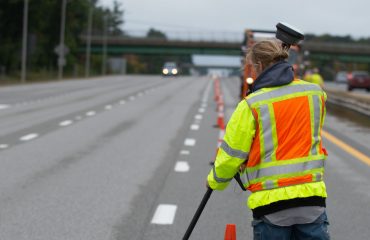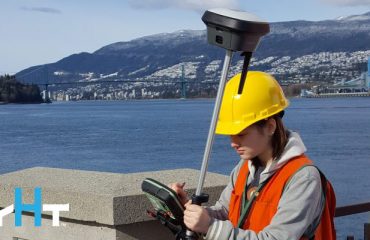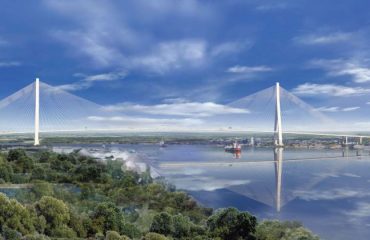Craig Williams, PS, and Brian Elbe, PS, of Leica Geosystems along with Russell Hall, PLS, of Langan shared their insights on a recent episode of The Geoholics.
In the rapidly evolving world of surveying, staying ahead requires more than just mastering traditional techniques. But what do successful survey companies do differently?
Kent Groh, host of The Geoholics podcast, posed this question on a recent episode. Here’s what co-host Russell Hall along with guests Craig Williams and Brian Elbe had to say.
1. Standardize Code Lists and Workflows
Standardization is crucial in ensuring consistency and accuracy in survey data. Leading companies have adopted standardized code lists for line work, which minimizes errors and enhances the efficiency of data processing. “The companies that are successful streamline that process,” says Williams, surveying and engineering sales manager for Leica Geosystems. “As a result, they can scale so much better.”
Williams points to the increasing trend of larger firms buying smaller companies. When that happens, code lists can become a culture clash. “Your economy of scale goes away if everybody does their own thing,” he says. “The really successful businesses have a process in place to implement a consistent workflow across all segments/divisions/offices. That allows them to go after bigger work because they’re more efficient and able to get the data from the field to the office in the fastest possible way.”
2. Use Technology as a Differentiator
The adoption of cutting-edge technologies like drones, mobile mapping systems, and reality capture tools is a hallmark of successful survey companies. These technologies enable surveyors to gather data more quickly and accurately than ever before. “When robotics really took off, there was a fear that it was going to put the instrument guy out of a job, or that we were going to get rid of surveyors by using technology,” says Williams. “But that is not what happened. The technology let us do more.”

“We have a lot of Leica software and hardware, and I like to look at all of it and try to figure out how to either come up with new products or come up with a workflow no one else has so we can do it faster.”
—Russell Hall, PLS, Senior Survey Project Manager and Mobile Mapping Manager, Langan
Importantly, how firms embrace technology is what gives them an advantage. “The most successful firms are leveraging not just reality capture but all the technologies that are available to them,” says Elbe, a reality capture sales manager for Leica Geosystems. “They’re using them to create new service offerings or better products for their clients. They’re using them to differentiate themselves from all their competitors.”
3. Push the Boundaries
While technology is a powerful tool, its full advantages depend on how it is applied. Successful companies employ visionary thinkers like Russell Hall, PLS, senior survey project manager and mobile mapping manager for Langan, who lean on their technology providers to continuously push the boundaries of what’s possible.
“We have a lot of Leica software and hardware,” Hall says, “and I like to look at all of it and try to figure out how to either come up with new products or come up with a workflow no one else has so we can do it faster.” This approach gives firms the agility to pursue unexpected opportunities that might arise.
A Thriving Future
The surveying industry is at a crossroads where tradition meets innovation. By developing standardized practices, embracing technology, and balancing traditional skills with modern tools, successful survey companies are not only surviving but thriving. These strategies not only enhance operational efficiency but also position companies as leaders in the field.
To talk to one of our experts and learn more about how to optimize your surveying potential with technology, please contact us.
Above: Russell Hall, PLS, of Langan, prepares for a mobile mapping data collection with the Leica Pegasus TRK. Image courtesy of Langan.





